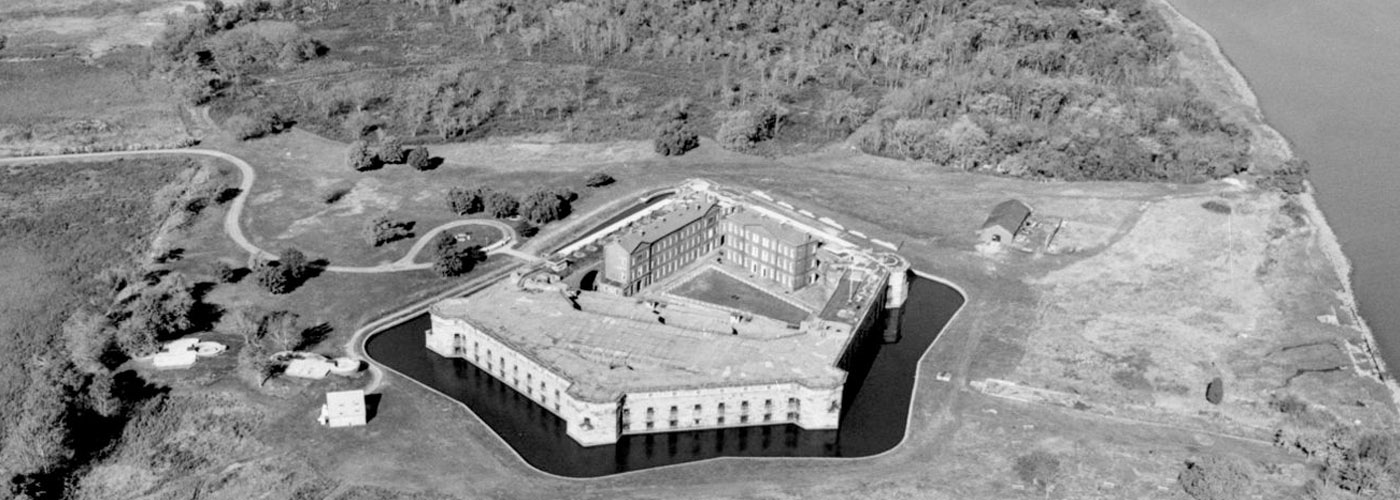The Intriguing History of Fort Delaware: A Journey Through Time
Fort Delaware, situated on Pea Patch Island in the Delaware River, has a rich and multifaceted history that spans several centuries. Originally conceived as a defensive structure to protect the ports of Wilmington and Philadelphia, the fort has served various roles, from a Civil War prison to a tourist attraction.
The Early Years
The initial construction of Fort Delaware began in 1814, following the War of 1812. The United States recognized the strategic importance of the Delaware River and sought to protect it from potential enemy invasions. However, the original wooden structure was short-lived, succumbing to age and environmental conditions. It wasn’t until 1859 that the fort, as we know it today, was completed. Built with granite and brick, the new structure was designed to withstand both time and artillery.
The Civil War Era
Fort Delaware gained national prominence during the American Civil War. While its primary function remained as a defensive fortification, it also served as a prison for Confederate soldiers, local political prisoners, and federal convicts. At its peak, the prison held approximately 12,000 inmates, making it one of the largest Union prison camps. Despite the challenging conditions, the fort maintained a relatively low mortality rate compared to other Civil War prisons.
Post-Civil War Period
After the Civil War, Fort Delaware continued to serve as a military post but gradually lost its strategic importance. During World War I and World War II, it functioned primarily as a place for storing munitions. By the mid-20th century, the fort had fallen into disrepair and was eventually declared surplus property by the United States government.
A New Chapter: Tourism and Education
In 1951, the State of Delaware acquired Fort Delaware and transformed it into a state park. Today, the fort serves as a living history museum, offering visitors a glimpse into 19th-century military life. Reenactments, guided tours, and educational programs are part of the fort’s modern-day offerings, attracting history enthusiasts and curious tourists alike.
Conclusion
From its early beginnings as a wooden fortification to its role as a Civil War prison and later as a state park, Fort Delaware has undergone numerous transformations. Each phase of its existence adds a layer to its rich tapestry of history, making it a compelling destination for those interested in America’s past. As it stands on Pea Patch Island, overlooking the Delaware River, Fort Delaware remains a silent witness to the ever-changing currents of American history.




